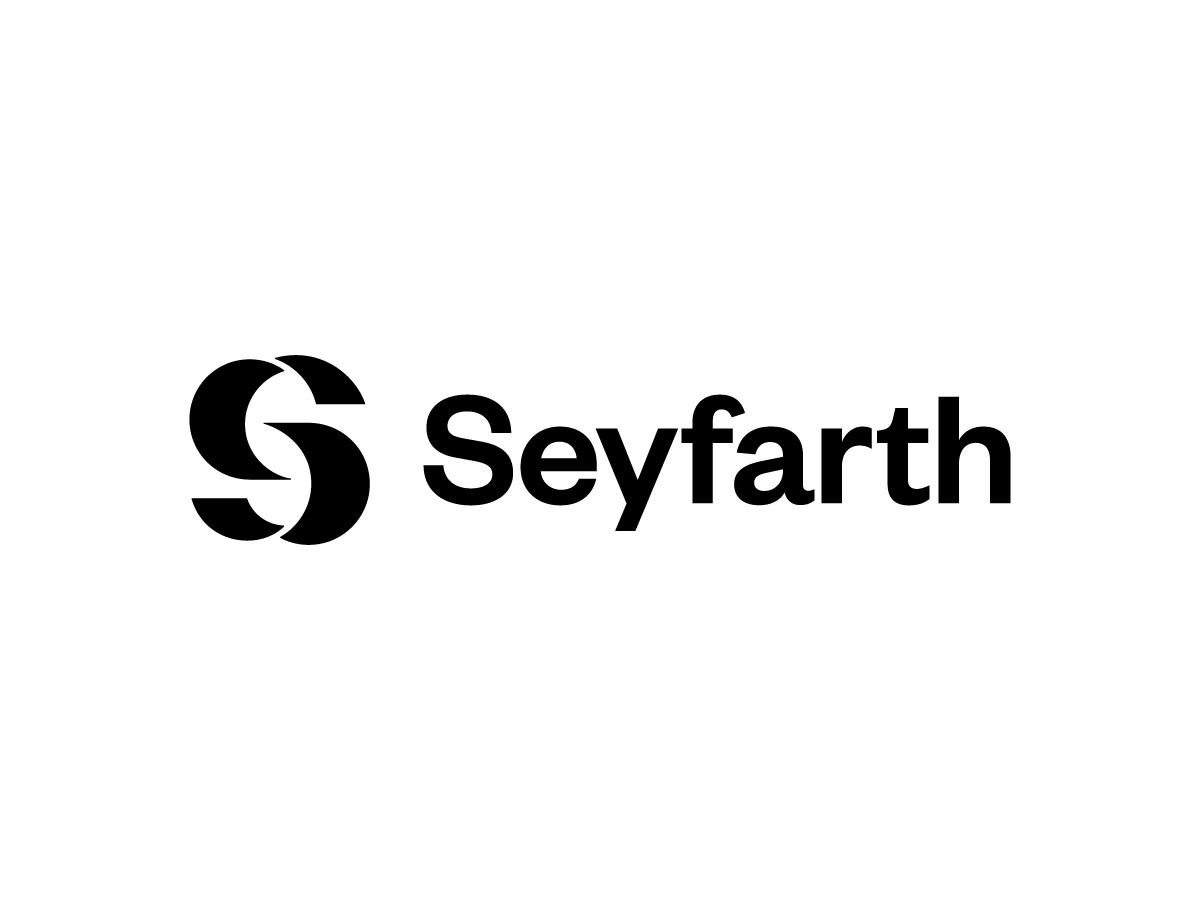How Do Trademark Registrants for OEM Production Respond to Cancellation based on Non-use for 3 Consecutive Years? | Linda Liu & Partners
[author: Min Yao]
In recent years, the number of cancellations based on non-use of trademarks for 3 consecutive years has increased year by year. When submitting use evidence to the CNIPA in response to the cancellation, there is a situation where the trademark registrants only have OEM production in Chinese mainland, and all products using the trademark are exported abroad. In the case that the products are not sold in Chinese mainland, how can the registrant effectively respond to the non-use cancellation action? This article will combine the author’s years of practical experience and relevant cases to explain how the trademark registrants prepare use evidence in the case of OEM production, hoping to provide readers with reference.
I. Business links involved in the process of OEM production and types of trademark use evidence
The trademark registrants are usually foreign entities in the case of OEM production in the Chinese mainland with all the products exported outside of China. A small number of domestic enterprises may also manufacture products exclusively for export. This article mainly focuses on the situation where overseas enterprises entrust manufacturers in Chinese mainland for OEM production, and all products are exported.
The stages of OEM business activities that are related to Chinese mainland mainly involve the commissioned production stage and the Customs declaration and export stage. The trademark registrants are able to provide trademark use evidence generated at these two stages. In practice, when the evidence provided by the registrant can form a complete chain of evidence to prove that the registrant has indeed entrusted a manufacturer in Chinese mainland to carry out production, and the products are affixed with the registered trademark in China, and then the products are exported abroad, although there is no sale of goods in China, judicial practice in recent years has generally recognized that the use of a trademark in the production activities in Chinese mainland constitutes trademark use in the sense of the Trademark Law, and the use can maintain the trademark registration. The 2021 Guidelines for Trademark Examination and Adjudication clearly states that “if the goods actually used by the trademark at issue are directly exported without circulating in China, it may be deemed to constitute trademark use on the approved goods.”
Of course, the general requirements for the use evidence in the non-use cancellation cases are applicable to the scenarios specified in this article, including the evidence should show the use of the trademark at issue, the use should be on the approved goods, the user should be the registrant or the licensee or other persons who use the trademark not against the will of the trademark owner, and the use evidence should be within the required time limit.
Based on the process of OEM production, the registrant can generally provide evidence as below in the following links:
(1) Entrusted production stage: Supply contract, purchase order, etc. signed by the client and the entrusted party.
(2) Customs declaration and export stage: Invoice, Form of Goods Declaration for Exportation, packing list, bill of lading, certificate of origin, etc.
Although the follow-up sales, after-sales service, marketing and publicity activities after the products leave China Customs are objectively not related to China, it is also recommended to submit photos of the product, product packaging, product label, etc. marked with the trademark in question in the non-use cancellation cases, which can support the facts of entrusted OEM production and the actual use of the trademark.
II. Preparation of use evidence in the OEM production and product exportation
The trademark use evidence generated in the process of OEM production and product exportation reflects two major characteristics in formality: first, there are a large number of foreign language materials, such as supply contract, purchase order, invoice, packing list, bills of lading, etc., which are usually in foreign language; second, some important evidence to prove the actual performance of the transaction is self-made evidence, such as invoice and packing list, which are usually prepared by the Chinese manufacturer itself, and do not have the uniformity and authority of China’s special VAT invoices.
How to prepare use evidence in the case of using trademarks in OEM production and product exportation activities? Based on years of experience in dealing with non-use cancellation cases and judicial practice, the author has the following suggestions:
- In order to prove the authenticity of the transaction, the evidence submitted should preferably include the evidence formed in each link, so as to form a complete chain of evidence to prove the complete transaction links of entrusted production and product exportation, specifically:
(1) Supply contract, purchase order, etc.
Supply contracts, purchase orders, etc. can prove the establishment of contractual relationship between the foreign entrusting party and the domestic manufacturer. The supply contract and purchase order will generally include the terms of the goods entrusted to manufacture, quantity, price and total amount, and duration of delivery, etc.
In order to deal with potential non-use cancellation actions against the registrant’s registered trademarks, the supply contract or purchase order should specify the trademark used on the goods. If the trademark is a stylized word mark or a device mark or a combination of words and device, the image of the registered trademark should be displayed in its entirety to avoid a situation that the trademark used on the contract is considered not fully in consistency with the registered trademark specimen.
If the goods agreed in the supply contract or purchase order involve multiple categories, the goods shall be listed one by one, such as T-shirts, sandals, hats, etc. According to the actual production situation, it is advisable to cover the approved goods of the registered trademark as many as possible.
The Guidelines for Trademark Examination and Adjudication stipulate that a sales contract alone shall not be regarded as trademark use in the sense of the Trademark Law. It is difficult to prove the actual performance of the transaction with the supply contract or purchase order alone, and it is necessary to judge the authenticity of the transaction and the actual use of the trademark in combination with other evidential materials.
In addition, in practice, we have encountered a situation where the trademark registrant is Company A, and the supply contract is actually signed by Company B, an affiliate of Company A, and the Chinese manufacturer, and the name of Company B is also shown in other transaction documents of the entire production, such as the invoices, packing lists, and Customs declarations for export goods to be mentioned below. Under such circumstance, it is necessary to provide evidence to prove that Company B is authorized by Company A and is the legal user of the registered trademark. This circumstance was encountered in a number of cases our firm has represented. By providing evidence to demonstrate the relationship between the trademark registrant and the entrusting party shown in the evidence, the trademark use evidence was recognized by the Office.
(2) Invoices, packing lists and other self-made evidence from
Chinese manufacturers
The invoices, packing lists, etc. can support the actual performance of the transaction. Invoices and packing lists are usually self-made by Chinese manufacturers, and their content should be consistent with the supply contract, specifying the corresponding contract number, goods descriptions and quantity, trademark, price and total amount, etc. The packing list should include both the contract number and the invoice number.
When there are only self-made invoices and packing lists without other objective and authoritative evidence such as Form of Goods Declaration for Exportation, the authenticity of OEM transactions is easily questioned by the applicant of the non-use cancellation action and may not be recognized in the end. For example, in the judgment (2021) Jing Administrative Final No.10257, the second instance court clearly pointed out that the relevant commercial documents provided by the registrant for entrusting Chinese manufacturer to produce are self-made evidence, which is insufficient to prove the actual use of the disputed trademark.
(3) Objective evidence such as Form of Goods Declaration for
Exportation, bill of lading, certificate of origin, etc.
This part of the evidence is issued by official organizations or involving third parties in OEM production and product exportation business activities, which has higher objective authenticity. We suggest collecting and submitting this part of evidence.
- Form of Goods Declaration for Exportation
The Form of Goods Declaration for Exportation of the People’s Republic of China among the Customs declaration documents submitted by the shipper to the Customs is crucial in the non-use cancellation cases due to its authority, objectivity, and comprehensiveness of transaction information reflected therein, as well as its ability to mutually verify with other transaction documents such as invoices, packing lists, bills of lading, etc. to prove the export transaction activities of the goods.
The format of the Form of Goods Declaration for Exportation is as follows:
From the form of the above Goods Declaration for Exportation, it can be seen that the information required to be input is comprehensive, including the domestic shipper, overseas consignee, manufacturer and seller, declaration date, export date, bill of lading number, contract number, country of destination, product descriptions and specifications, etc. Such information can be mutually verified with other transaction documents such as invoices, packing lists, bills of lading, etc., so as to form a complete chain of evidence to prove the actual and effective use of the trademark in OEM production and export business activities.
In practice, we often encounter a situation where the manufacturer who is actually engaged in production and signs the contract with the foreign entrusting party may not have the qualification to export the goods, and the manufacturer needs to entrust an enterprise with import and export qualifications to go through the export declaration procedures when delivering the goods. Or, even if the manufacturer itself has export qualifications, but in order to handle the relevant procedures quickly and efficiently, it is very likely to entrust a company specialized in handling the Customs declaration procedures to deal with the procedures. Therefore, the party that filled in and submitted the form of the Goods Declaration for Exportation was not the manufacturer who signed the contract, but a third-party import and export company or Customs declaration agency.
The form of Goods Declaration for Exportation submitted by the shipper to the Chinese Customs is usually not required for customs clearance at the port of destination, so the manufacturer generally does not take the initiative to provide the form of Goods Declaration for Exportation to the foreign entrusting party for customs clearance at the port of destination.
In response to the non-use cancellation action, the trademark registrant needs to submit trademark use evidence generated within three years before the filing date of the cancellation action. In this case, due to the situations such as changes in the cooperative relationship, changes of the personnel of the manufacturer, the import and export company or the Customs declaration company, it may be difficult for the trademark registrant to obtain the form of Goods Declaration for Exportation within the period required by the cancellation action, and may only provide other transaction documents such as purchase orders, invoices, packing lists, bills of lading, etc.
The purchase orders, invoices, and packing lists are self-made evidence, thus their probative power is weaker than that of the form of Goods Declaration for Exportation. The information reflected in the bill of lading is limited, and it may not be possible to directly establish a connection with the trademark and the approved goods to prove the use of the trademark in question.
In practice, in the absence of the form of Goods Declaration for Exportation, if only other transaction documents are submitted, the use evidence is likely to be questioned by the applicant of the non-use cancellation action, and there are also some possibilities that the evidence may not be recognized by the competent authority of the case. Therefore, in order to cope with the potential non-use cancellation action, we recommend that the trademark registrant request the manufacturer provide the form of Goods Declaration for Exportation during product export declaration, and the registrant could also remind the manufacturer to indicate the trademark information when inputting and submitting the form of Goods Declaration for Exportation in advance.
- Bill of lading
A bill of lading is a document issued by the freight company to the shipper after the goods are handed over to them, usually stamped with the freight company’s seal. A bill of lading usually includes information such as shipper, consignee, port of departure, port of destination, shipping mark, and product descriptions, etc. The bill of lading can be used to prove the actual performance of the transaction between the entrusting party and the entrusted party in the non-use cancellation cases.
- Certificate of origin
A certificate of origin is a document that proves the place of origin or manufacturing of imported and exported goods. The certificate of origin is issued by the Customs or the China Council for the Promotion of International Trade (CCPIT), with the official seal of the issuing authority. The certificate of origin usually includes information such as shipper, consignee, port of departure, port of destination, shipping mark, and product descriptions, etc. The certificate of origin can be used to prove the actual performance of the transaction between the entrusting party and the entrusted party in the non-use cancellation cases.
In the case referred to in the judgment (2015) Jing IP Administrative First No. 5532, the transaction documents submitted by the trademark registrant for its entrusting Chinese manufacturer to produce goods not only included self-made invoices and packing lists, but also forms of Goods Declaration for Exportation, bill of lading, etc. which are objective and authoritative. The court recognized the use evidence submitted by the registrant and overturned the review decision of non-use cancellation made by the Trademark Review and Adjudication Board.
2. Submit an appropriate amount of use evidence
The Guidelines for Trademark Examination and Adjudication stipulate that symbolic use solely for the purpose of maintaining trademark registration shall not be considered as trademark use in the sense of Trademark Law. The purpose of submitting use evidence in the non-use cancellation cases is to maintain trademark registration, rather than to prove the popularity of the trademark. Therefore, the most effective and reasonable way is to submit an appropriate amount of high-quality evidence to achieve the purpose of maintaining registration.
In the non-use cancellation actions, the registrant is required to submit use evidence formed in the three years prior to the filing date of the non-use cancellation action. Based on our experience, a complete set of evidence generally could be able to maintain the registration of the trademark as long as this set of evidence is formed within the required period, the information of the supply contract, invoice, packing list, and form of Goods Declaration for Exportation can mutually support the actual performance of the transaction, and the quantity of products involved in the transaction is relatively considerable. Of course, if the registrant can provide more evidence, such as three sets of evidence, the likelihood of being deemed to constitute effective use will be higher.
- Chinese translation should be submitted for the foreign language use evidence
The supply contract, purchase order, invoice, packing list, bill of lading, etc. are usually in foreign language and require accurate Chinese translation. In practice, sometimes the original evidence does not reflect the use of the trademark, and the registrant may add the trademark to the translated document. This approach of translation that does not correspond to the original evidence may well be questioned by the other party for falsifying evidence and is not likely to be recognized by the competent authority.
In the judgment (2019) Jing 73 Administrative First No. 3169, the court clearly pointed out that some of the translated texts provided by the registrant added the disputed trademark or had other translation errors, and thus did not confirm the validity of their translated texts.
III. Summary
China, as the world’s factory, is the production and manufacturing base of many enterprises worldwide. Even if the products of many overseas enterprises are not sold in China, there is a practical need to register and maintain trademarks in China. To effectively respond to the potential trademark non-use cancellation actions, we recommend that registrants understand the evidentiary requirements of the non-use cancellation cases in advance, reflect these requirements in the transaction documents generated during the OEM business activities, and try their best to collect and preserve evidence in advance, so as to maintain the trademark registration and safeguard their legitimate rights in the non-use cancellation cases as much as possible.






